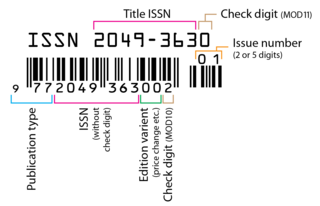Calytheca is a genus of beetles in the family Ptinidae. There are at least two described species in Calytheca, C. elongata White 1973 and C. convexa White.
Sculptotheca is a genus of beetles in the family Ptinidae. There are about ten described species in Sculptotheca, one of which is Sculptotheca puberula.
Stichtoptychus is a genus of beetles in the family Ptinidae. There are about 13 described species in Stichtoptychus.
Cryptoramorphus is a genus of death-watch and spider beetles in the family Ptinidae. There are at least two described species in Cryptoramorphus, C. floridanus and C. flavidus.

Lichenophanes is a genus of horned powder-post beetles in the family Bostrichidae. There are more than 40 described species in Lichenophanes.
Niptinus is a genus of spider beetles in the family Ptinidae. There are at least two described species in Niptinus.
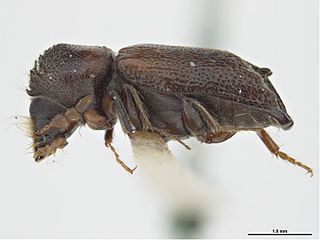
Scobicia is a genus of horned powder-post beetles in the family Bostrichidae. There are about 11 described species in Scobicia.
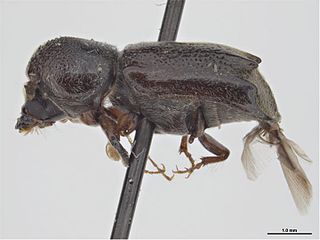
Xyloperthini is a tribe of horned powder-post beetles in the family Bostrichidae. There are more than 30 genera and 140 described species in Xyloperthini.
Microzogus is a genus of death-watch and spider beetles in the family Ptinidae. There are at least two described species in Microzogus.

Prostephanus is a genus of horned powder-post beetles in the family Bostrichidae. There are about five described species in Prostephanus.
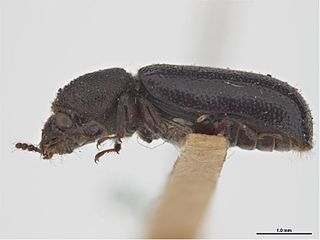
Stephanopachys is a genus of horned powder-post beetles in the family Bostrichidae. There are more than 20 described species in Stephanopachys.

Minthea is a genus of tropical powderpost beetles in the family Bostrichidae. There are about eight described species in Minthea.
Neohedobia is a genus of death-watch and spider beetles in the family Ptinidae. There is one described species in Neohedobia, N. texana.
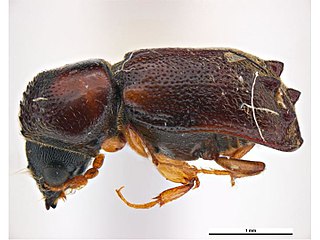
Xyloblaptus is a genus of horned powder-post beetles in the family Bostrichidae. There are at least three described species in Xyloblaptus.
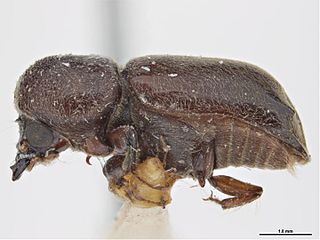
Xylomeira is a genus of horned powder-post beetles in the family Bostrichidae. There is one described species in Xylomeira, X. tridens.
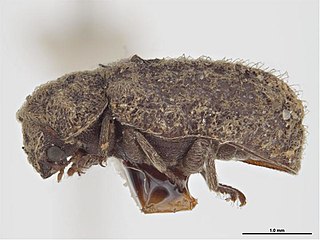
Endecatomus is a genus of carpet, powder-post and death-watch beetles in the family Endecatomidae. There are at least four described species in Endecatomus.
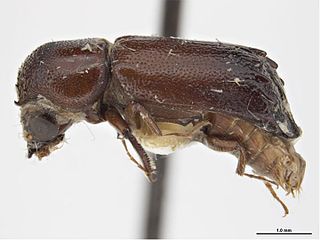
Tetrapriocera is a genus of horned powder-post beetles in the family Bostrichidae. There are at least four described species in Tetrapriocera.

Xylobiops is a genus of horned powder-post beetles in the family Bostrichidae. There are about six described species in Xylobiops.

Melalgus is a genus of horned powder-post beetles in the family Bostrichidae. There are more than 20 described species in Melalgus.
Ozognathus is a genus of death-watch and spider beetles in the family Ptinidae. There are at least three described species in Ozognathus.













